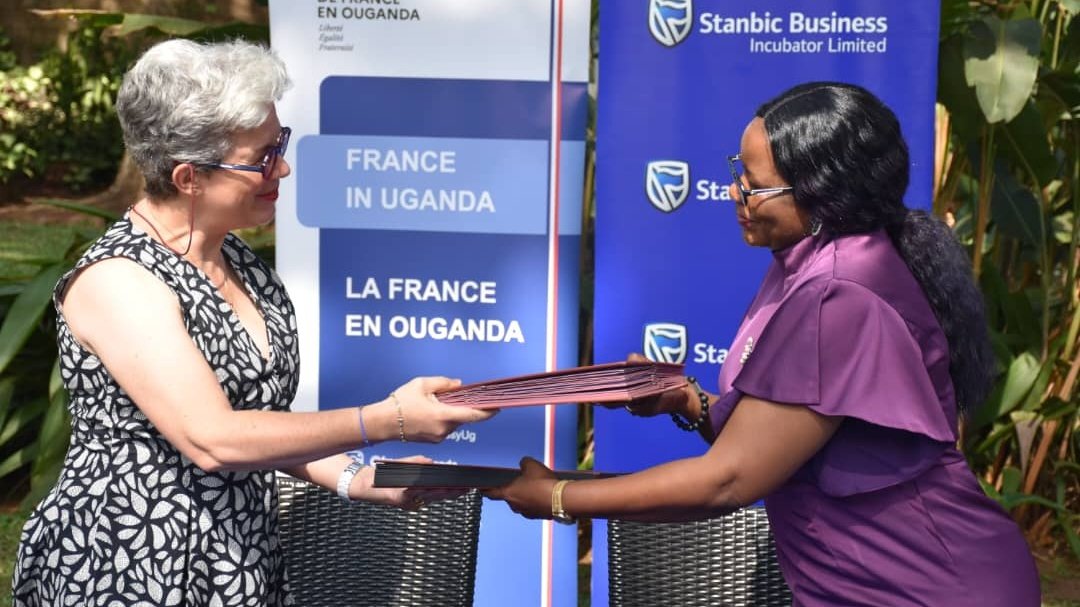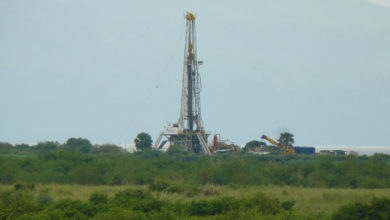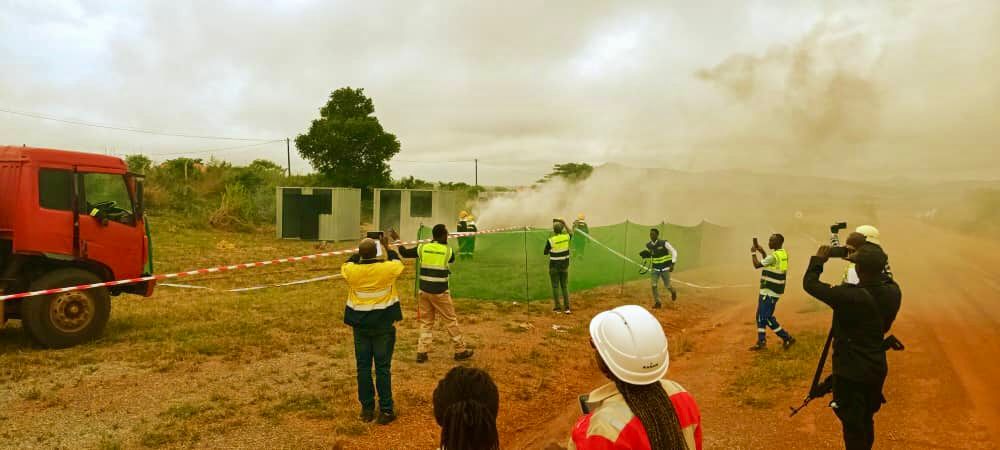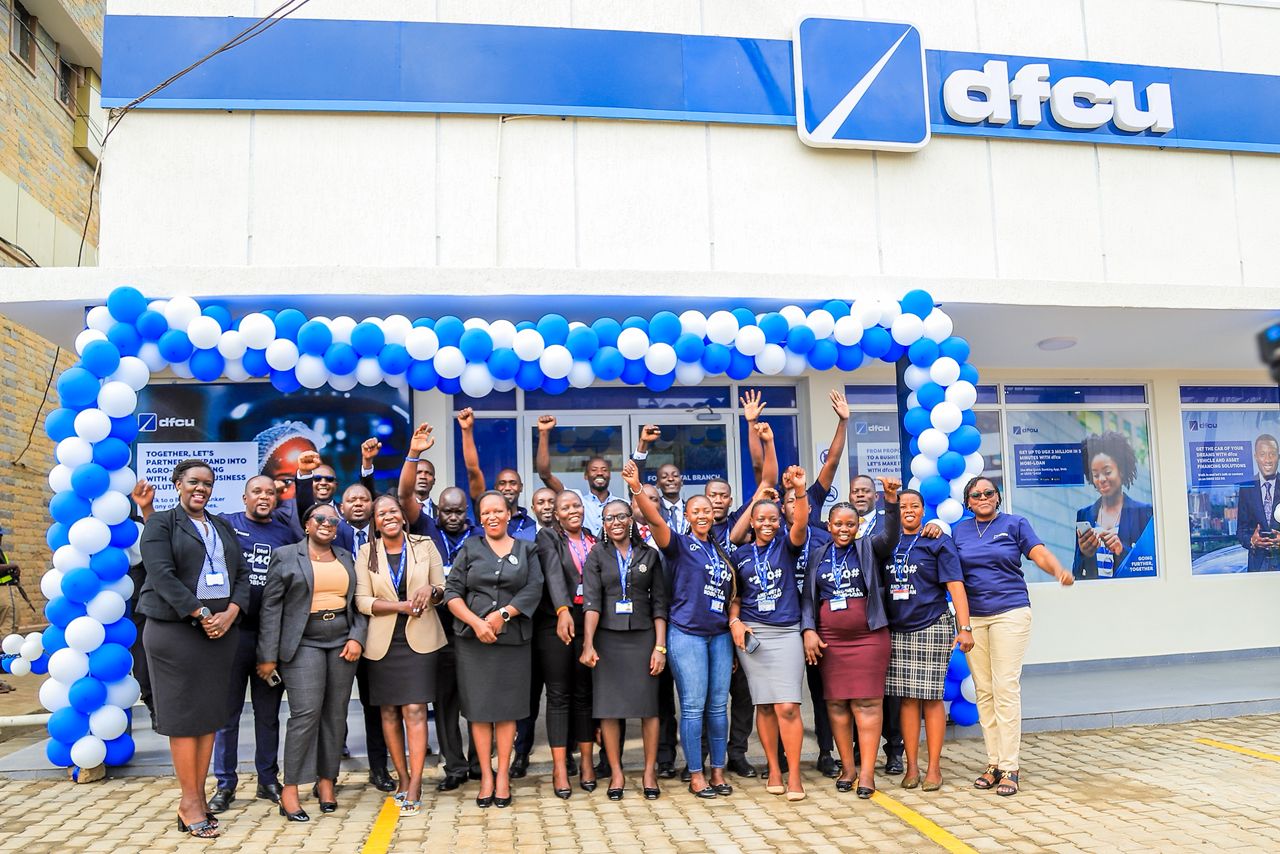Uganda launches third phase of China-FAO agriculture cooperation project
Uganda on Friday launched the third phase of an agriculture cooperation project with China and the Food and Agriculture Organization (FAO) of the United Nations.
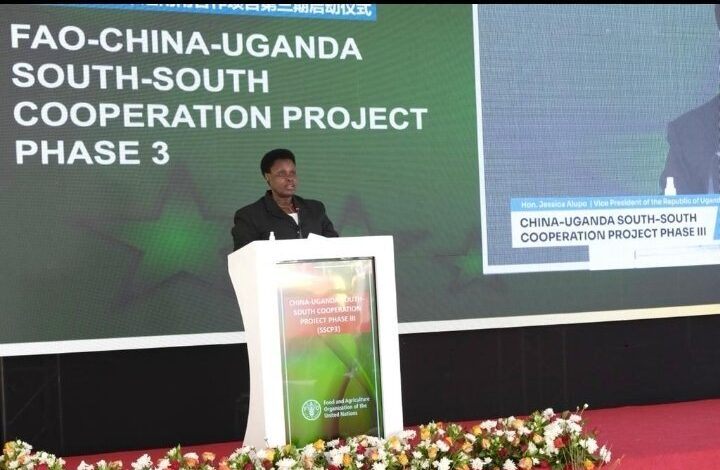
Uganda on Friday launched the third phase of an agriculture cooperation project with China and the Food and Agriculture Organization (FAO) of the United Nations.
Uganda, China and FAO have an agreement under the South-to-South Cooperation Program through which China sends agriculture experts and technicians to Uganda to share knowledge and skills with smallholder farmers to boost production and household incomes.
Ugandan Vice President Jessica Alupo, while launching the three-year project in Wakiso District in the Central Region, said the third phase seeks to ensure food and nutrition security, reduce multidimensional poverty and develop agriculture in the country.
Alupo said China has, over the years, been demonstrating genuine friendship through significant contributions to the country’s transformation in various fields, urging farmers to make use of the Chinese experts for knowledge and skills transfer as well as increase investment in agro-production and processing as a catalyst for household transformation.
“Through agriculture, we shall be able to catalytically trigger the desired economic recovery and contribute to the sustained social economic transformation of our country,” the vice president said.
Priya Gujadhur, deputy representative of FAO in Uganda, said phase three will reach over 10,000 small-scale farmers across the country.
The first two phases, which were implemented from 2012 to 2014 and from 2016 to 2018, respectively, benefited over 10,000 small-scale farmers, Gujadhur said.
Chinese Ambassador to Uganda Zhang Lizhong said in the initial two phases, 47 Chinese experts and technicians have been deployed in Uganda over a two-year period and helped to improve technologies used to produce cereals and livestock reproduction.
Uganda government figures showed that in the first two phases, there was a four-fold increase in rice production per hectare; in other areas, daily milk production increased from two liters to seven liters per indigenous cow.
There has also been the production of high-quality and low-cost fish feed techniques, improved technologies of foxtail millet, maize, grapes, apples and cherry tomatoes, and animal reproduction, including goats, pigs and sheep.
Peter Muyimbo, the coordinator of the third phase on the Ugandan side, said the third phase, which will focus on increasing agriculture production and household income, will build on the successes of the first two phases.
Figures from the Ministry of Agriculture, Animal Industry and Fisheries showed that over 70 percent of the country’s population derives its livelihood from agriculture.



